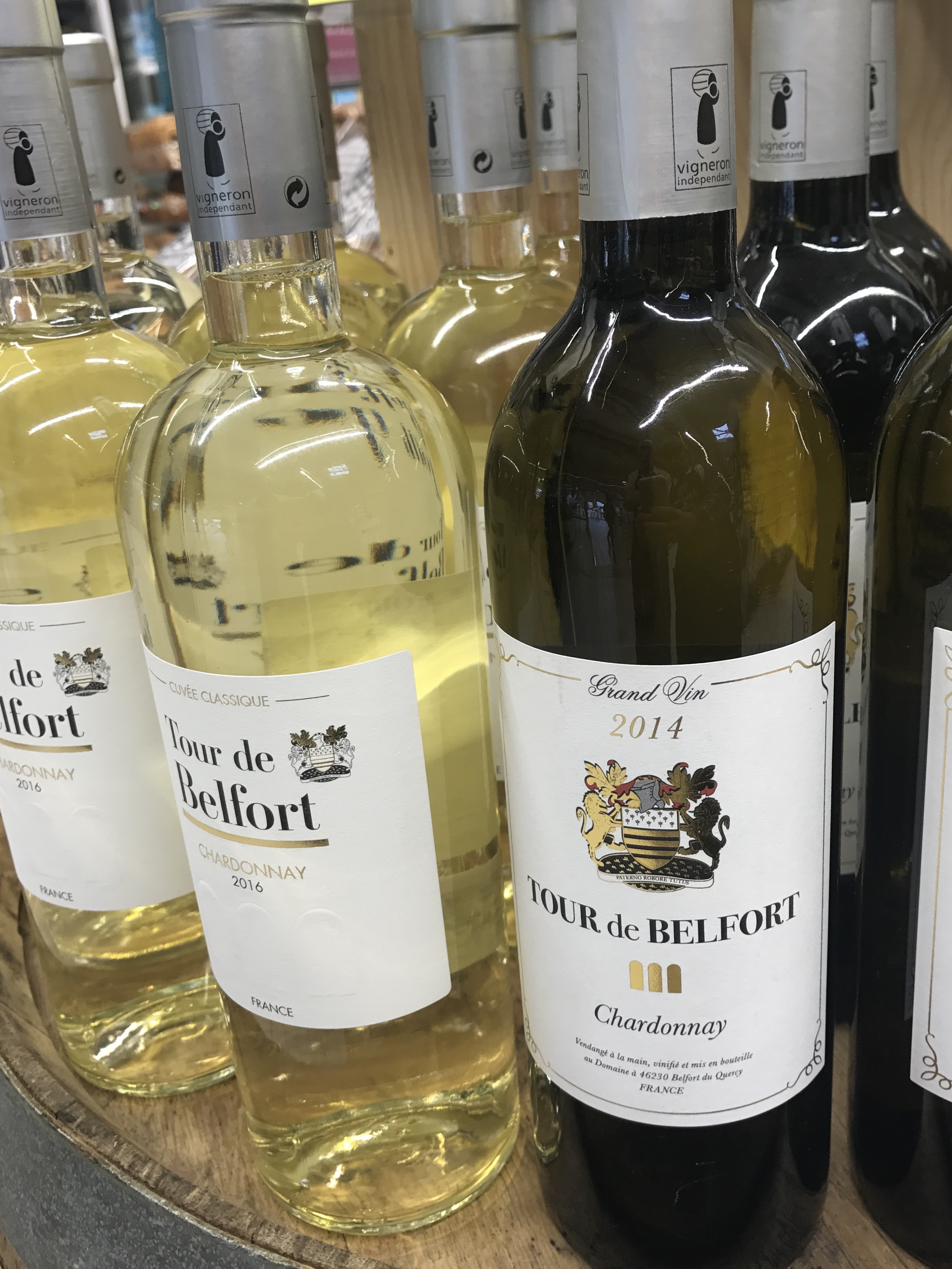Wine myths debunked
- Muriel Lismonde

- Jul 11, 2014
- 3 min read

The deeper the bottom of the bottle, the better the wine?
Not true at all. It is actually the sign of a more expensive bottle, rather than the contents. In France the shape of the bottle reflects the place of origin or the producer’s personal choice not the quality of the wine within. Most commonly used bottle shapes are those from Bordeaux (also used for Tour De Belfort wines), Burgundy, Champagne, Alsace and Rhone Valley.
Can a screw cap bottle be corked?
No. Corking of wine is due to precisely that, the cork itself, which has been infected by TCA, Trichloroanisole, a chemical compound. This cannot affect a screw cap.
How do bubbles get in the Champagne bottle?
Bubbles appear as part of the fermentation process when yeast and sugar are added in a sealed bottle releasing carbon dioxide, creating the irresistible sparkly fizz, which is what Champagne is so famous for.
Has white wine less alcohol than red?
Alcohol level is determined by the sugar level in the grapes, independent from the colour of the grapes. The warmer the climate, generally the more alcohol in the wines. Check the label for % alcohol content.
Is there more than one grape variety used in wine making?
Most certainly. All wines are made from Vitis vinifera grapes but there are hundreds different ones. In France, grapes variety selection depends first of all on the “appellation”, but also upon growing conditions and climate and to some degree the winemaker’s personal choice. Some wine regions are known for using specific varieties of grape such as Bordeaux (Cabernet Sauvignon, Merlot) – or Burgundy (Pinot Noir) whereas we in the Quercy could make our own choices. Although Malbec is the variety traditionally grown in our area, as we were planting our vines from scratch we decided to add 3 other varieties for our reds to add some interesting aromas and complexity to the Malbec and to go against the norm in our region by planting four different grape varieties to produce white wine.
Why do wines have different flavours when all are made from grapes?
Taste varies because wines are made from different grape varieties, grown on very different soils and in very different climates and conditions (terroirs), and because of different wine-making methods (stainless steel tanks, or oak barrels etc.)
Do legs and tears on the glass indicates it’s a good or bad wine?
Wine legs or tears are the droplets that can be seen inside the glass, often in a ring shape, (after swiveling the wine). They are not an indication of quality but only a sign of the alcoholic level of the wine. The stickier slower the tears/legs, the more alcohol.
Should all wines be aged?
Not all wines can or must age. A good example is Beaujolais Nouveau, which is put in the market only a few months after grape harvest on every third Thursday of November. Indeed, only premium wines are usually destined to age in oak, will “mature” and get better over time, others will not and therefore must be drunk young within a few years. Generally a rosé or white should be drink within two years, a red within five years, premium oaked wines and premium sweet wines can improve over eight years and even up to 15. Wines need to be stored in the dark, at 13 C lying down to keep the cork in contact with the wine and save it from drying out.




































Comments